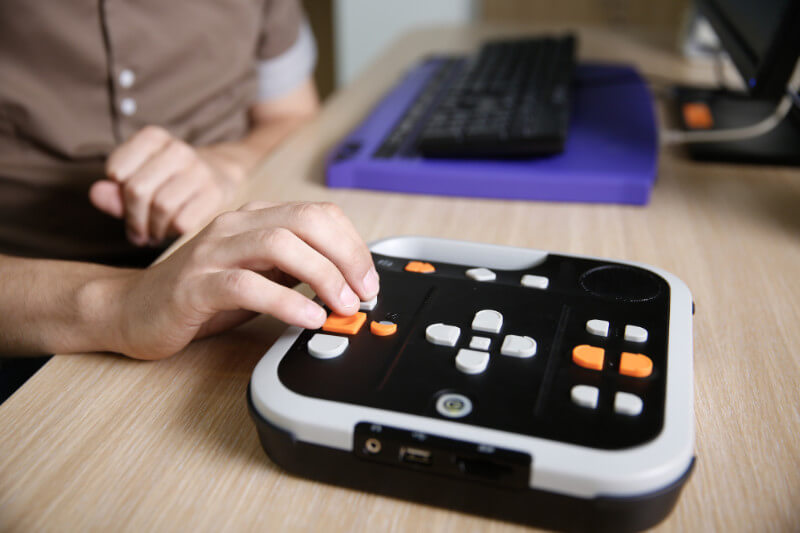Thursday, May 18th was Global Accessibility Awareness Day, sponsored by the GAAD Foundation, a non-profit dedicated to make accessibility a core requirement for digital technology and products. What does digital accessibility mean? According to the World Wide Web Consortium (W3C): “Web accessibility means that websites, tools, and technologies are designed and developed so that people with disabilities can use them. More specifically, people can: perceive, understand, navigate, and interact with the Web and contribute to the Web.” Web accessibility encompasses all disabilities that affect access to the Web, including:
- auditory
- cognitive/neurological
- physical
- speech
- visual
The American with Disabilities Act (ADA) passed in 1990 prohibits discrimination on the basis of a person’s disability in places of public accommodation under Title III, Public Accommodations and Commercial Facilities. The Department of Justice affirmed that websites and apps can be considered places of accommodation in 2018 and again in 2022. The DOJ recently published new guidance in March of this year regarding technical standards for websites. The most commonly used standards are from the WCAG, though it’s not yet officially (“legally”) accepted by the ADA and DOJ as the standard to follow. Since website accessibility is not specifically outlined in federal law, interpretation is up to the courts. However, under Title II of the ADA, Section 508 regulations are required for federal, state and local government websites.
26 percent of Americans have a disability, according to the CDC. They are twice as likely to live in poverty and twice as likely to be unemployed compared to non-disabled persons. According to a Pew Research study in 2016, only 40% of disabled Americans reported being comfortable using the internet, compared to 80% of non-disabled persons. 71% of people with disabilities leave websites that are not accessible.

Reasons Your Website Should be Accessible:
- Companies that are not in compliance with the ADA are increasingly on notice that they may be at risk of a lawsuit.
- About ¼ of the U.S. population is disabled. This is a large audience to ignore if you’re looking for more clients and buyers of your products or services.
- 71% of people with disabilities leave websites that are not accessible (source: Creative Boost)
- People with disabilities are twice as likely to tell other people not to patronize a company if they’re not accessible.
- Many tasks that help with improving accessibility also have the added benefit of improving SEO
- Improving web accessibility improves employment opportunities for people with disabilities.
- Quite simply, because it’s the right thing to do.
Written by Mychelle Garrigan, Firelink Digital Marketing, firelinkdigital.com

